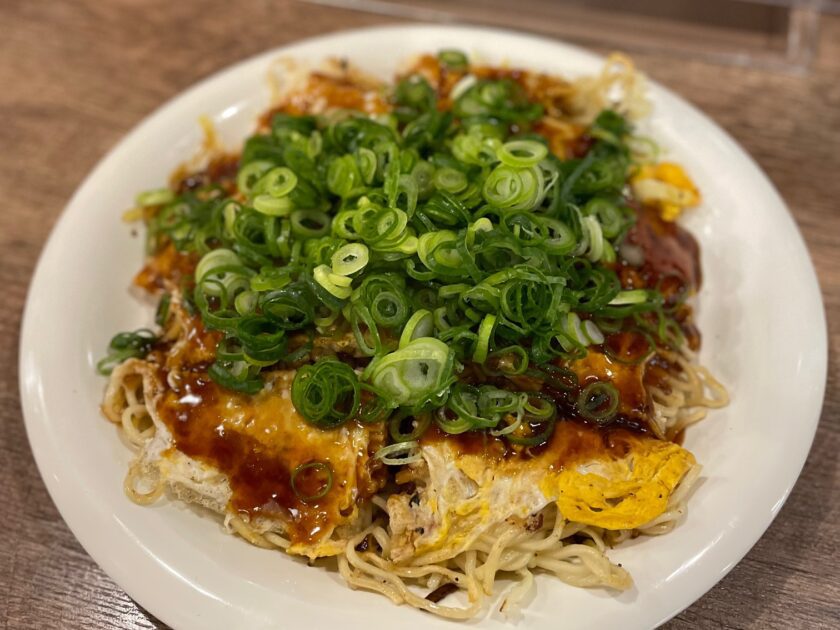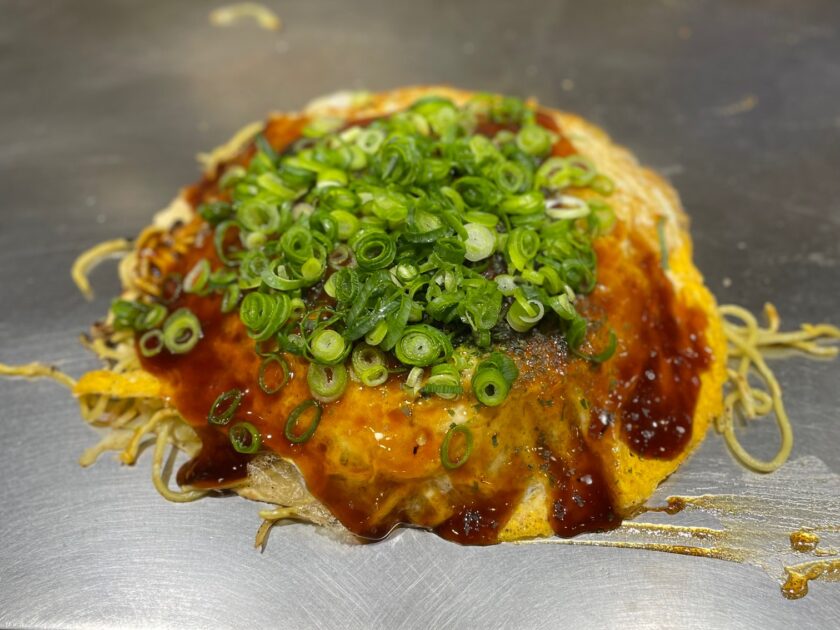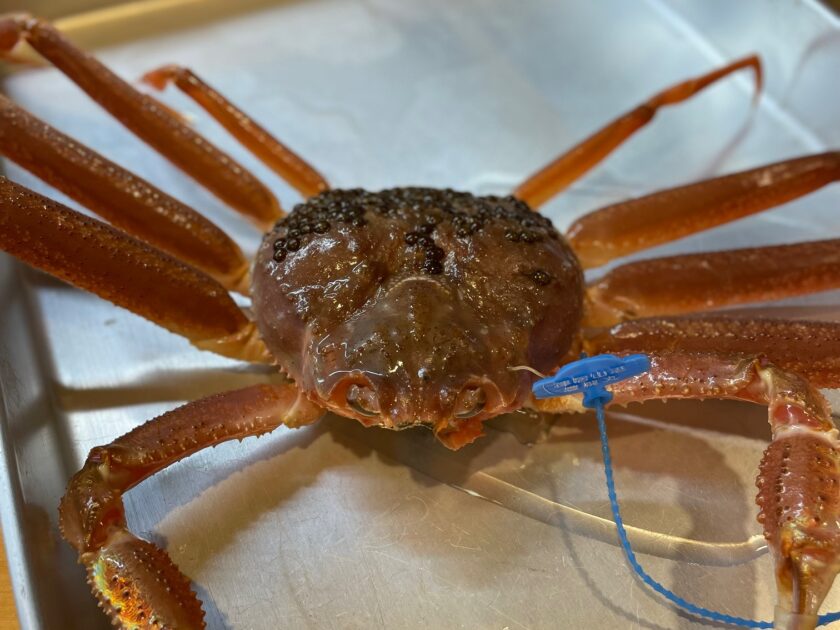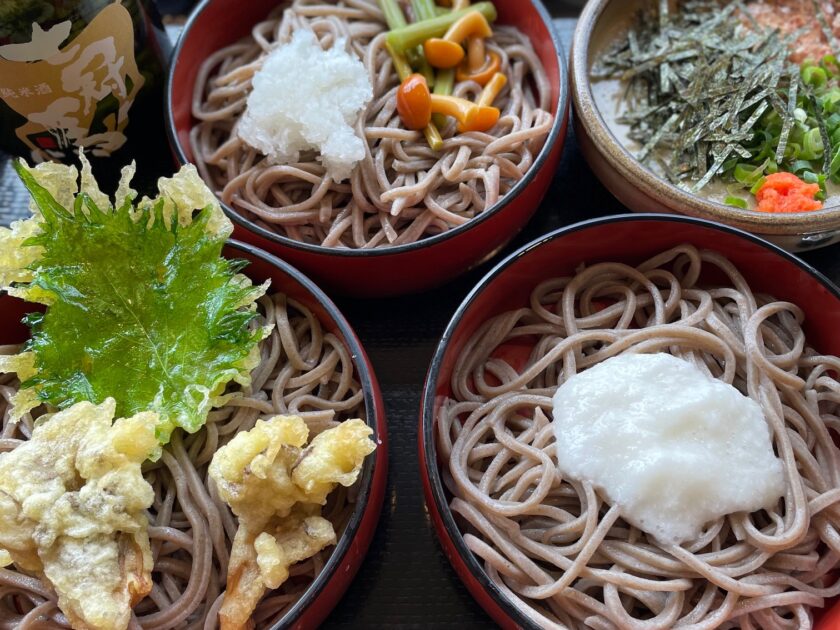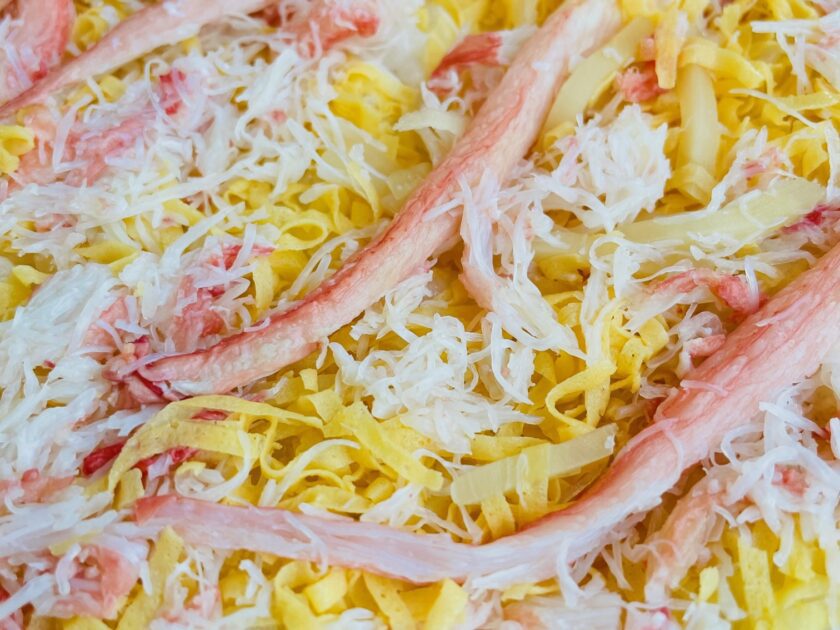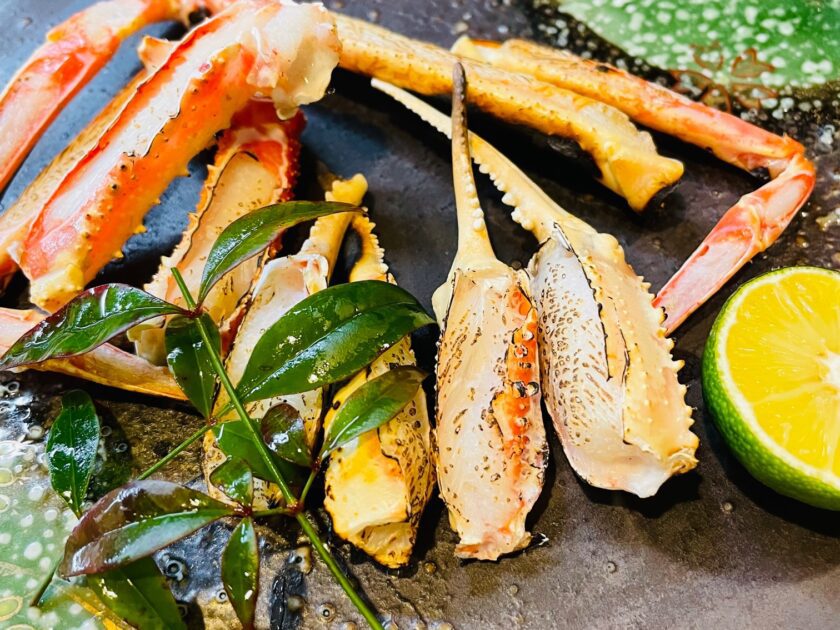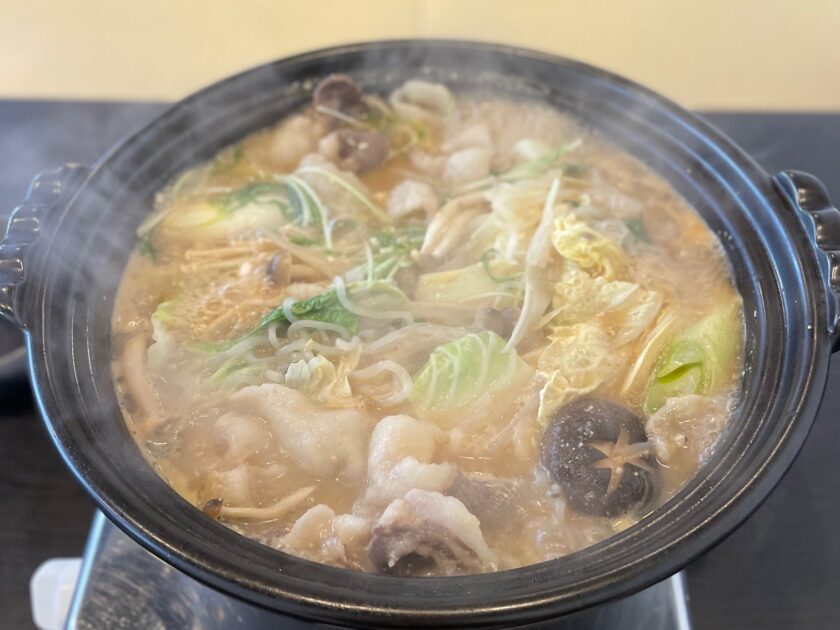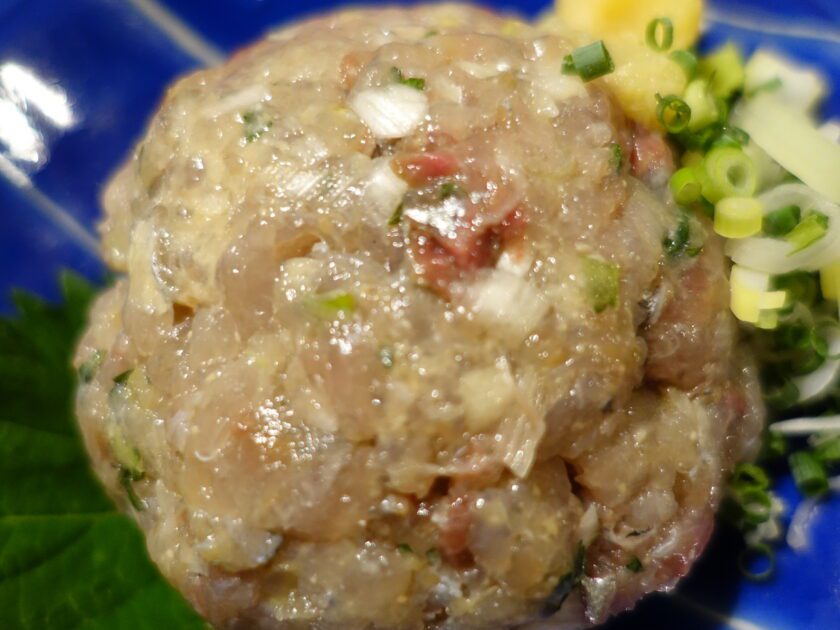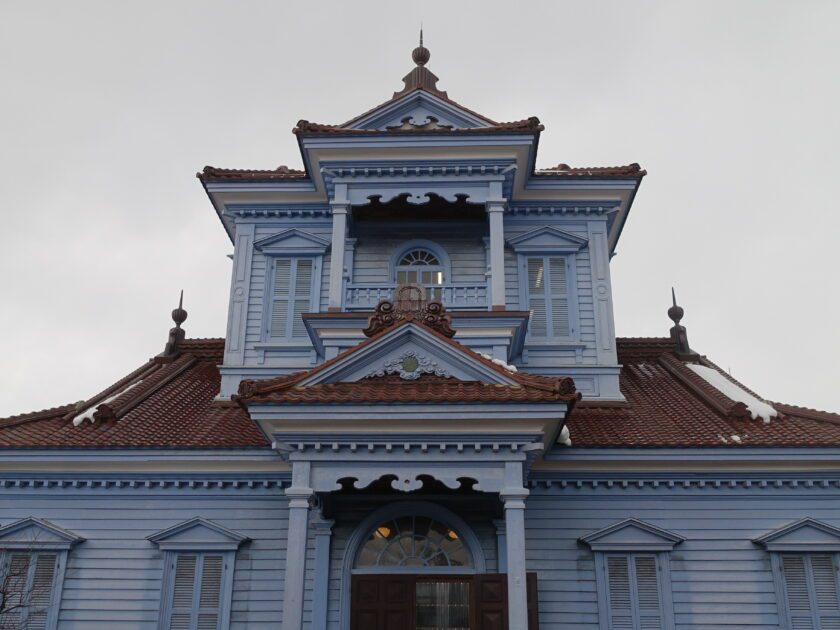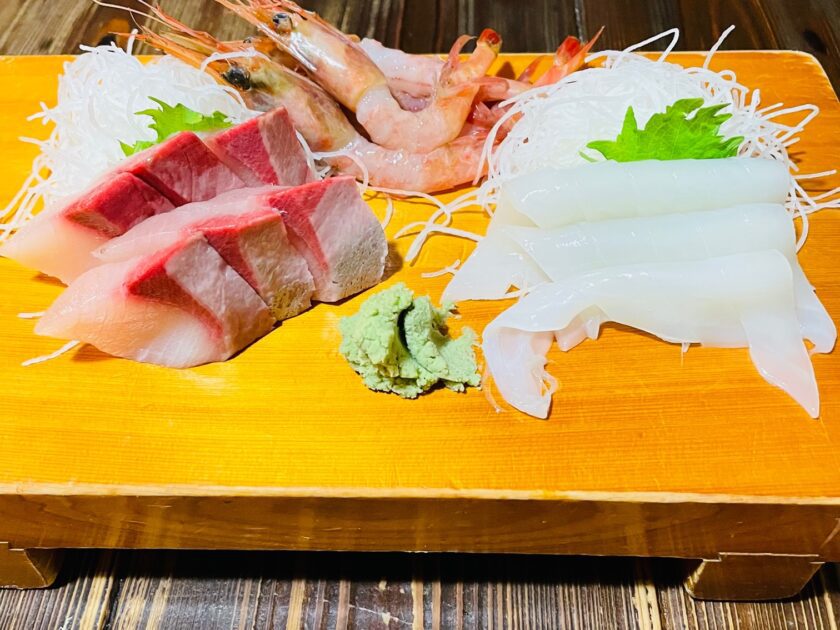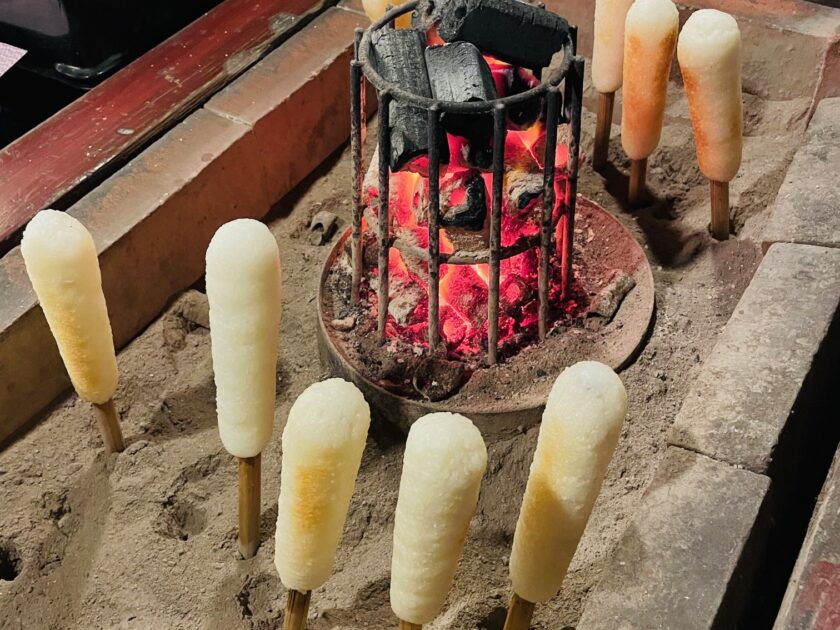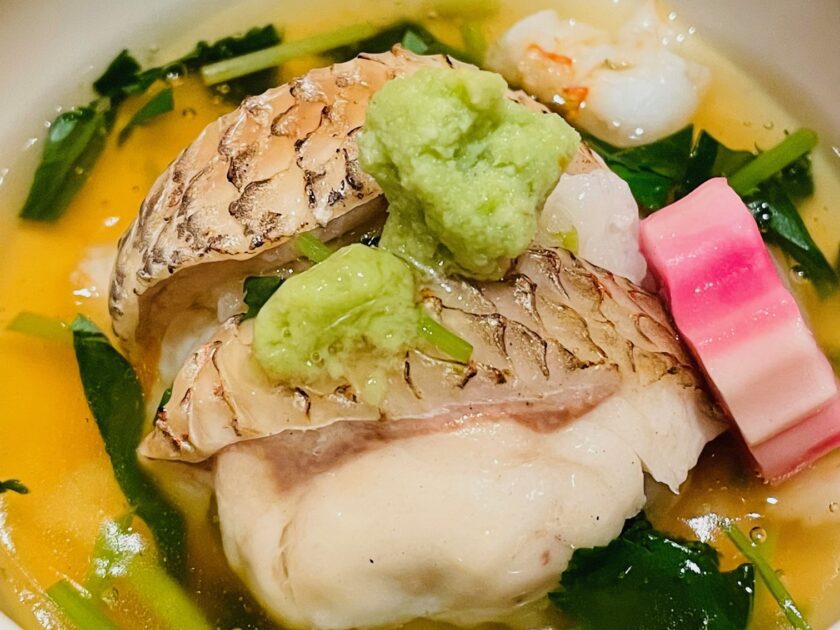Summary of March itinerary in Japan (Hiroshima, Okayama)
Summary of March itinerary in Japan (Hiroshima, Okayama) I traveled to Hiroshima and Okayama prefectures from March 22nd (Tuesday) to March 25th (Friday). I was able to eat a lot of seasonal fish and shellfish and local dishes, and visited wonderful tourist destinations such as World Heritage Sites, National Treasures, National Important Cultural Properties, and National Preservation Districts for Groups of Traditional Buildings on this trip. It was the most visited tourist destination in the four-day domestic trip so far. I was able to enjoy fresh seafood such as seasonal oysters and agricultural products unique to the production areas such as Kuwai (sagittaria rhizome, Fukuyama City) and Yellow Chinese chives (Kurashiki City), which are overwhelmingly produced in Japan on this trip. In addition, I was able to eat Hiroshima-style okonomiyaki and Onomichi ramen, which are typical local gourmet foods. This is the March Japan itinerary that I highly recommend to everyone. Here is a summary of this trip and some notes. Table of contents 1.”100 best of local dishes” and “Local dishes loved by the nation” by this itinerary in Japan 2. Seasonal “PRIDE FISH” by this itinerary in Japan 3. Travel precautions for itinerary in Japan 4.




